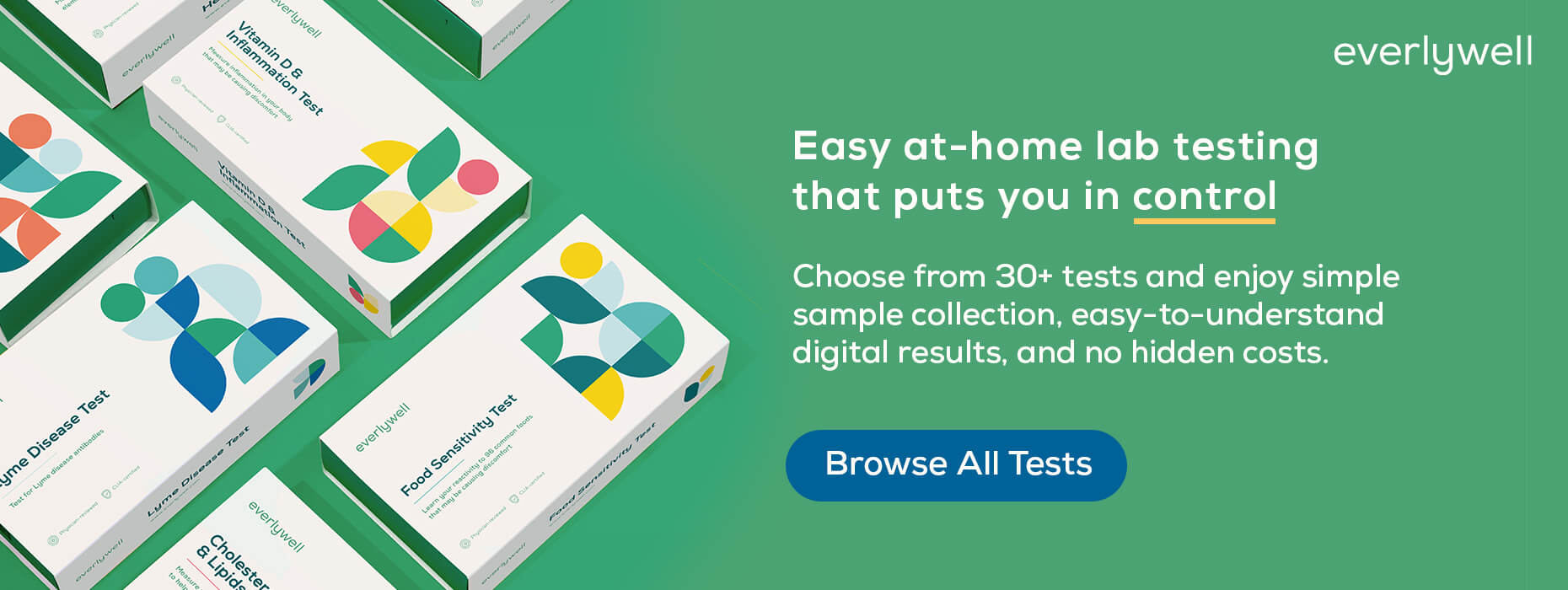
HIV window period: key points to know
Medically reviewed on January 12, 2022. To give you technically accurate, evidence-based information, content published on the Everlywell blog is reviewed by credentialed professionals with expertise in medical and bioscience fields.
Table of contents
Human immunodeficiency virus (HIV) affects about 1.2 million people in the United States, but estimates suggest that 13 percent of those people don’t even know that they have it [1].
HIV is a sexually transmitted infection, but can also be transmitted through contact with infected blood [1]. Medication and treatment have progressed enough to reduce viral load and improve a person’s livelihood, but knowing if you even have HIV is the key to receiving a diagnosis and treatment and preventing HIV transmission. Learn more about HIV and the testing window period below (and consider learning more about the at-home HIV Test).
What Is HIV?
HIV is a virus that breaks down cells in your immune system. This causes significant problems with your general immune functions, making it easier for you to get sick from infections that you normally wouldn’t have any problems fighting off [2].
Over time, the continued damage to your immune system can progress to acquired immune deficiency syndrome, or AIDS. This disease is the most serious stage of an HIV infection, and it can eventually lead to death as your immune system is unable to support your general health. It typically takes up to 10 years for someone with HIV to develop AIDS [2].
What Is a Window Period?
One of the most important tools for detecting HIV is testing, which has progressed rapidly over the past few decades. However, even with medical advancements, no HIV test can detect HIV immediately after you have been infected. This can get even trickier considering HIV infections generally do not present any noticeable symptoms in early stages [1].
This is where the window period comes in. A window period refers to the time between when you might have been exposed to HIV and when a diagnostic test can determine for sure that you have the virus [1].
Window Period for HIV Testing
Window periods can vary from person to person based on your own health. The mode of HIV testing can also change your window period.
- Nucleic acid test (NATs) - NATs can have the shortest window period. These tests can detect an HIV infection between 10 and 33 days after initial exposure [3].
- Antigen/antibody tests - An antigen or antibody test is performed in a lab using blood samples from a finger prick. These can typically detect HIV infections 18 to 90 days after your initial exposure [3]. This window period tends to be longer for tests that take blood from a finger prick or oral fluid sample [3].
An HIV antibody test, like the Everlywell HIV test, comprises most rapid tests and self-tests and can take anywhere from 23 to 90 days after exposure to detect a potential HIV infection. This window period tends to be longer for tests that take blood from a finger prick or oral fluid sample [1].
If you get tested and receive a negative HIV test result, it’s still a good idea to get tested again outside of the window period. A follow up test done after the window period will help determine that you are negative and haven’t been exposed to HIV during that window period [1].
The sooner you identify HIV, the sooner you can receive the right HIV treatment to manage it. Understanding the window period with testing can help you better plan for your diagnosis and support your own peace of mind.
Related content
What are early signs of HIV in men and women?
HIV vs. AIDS: what's the difference?
Skin rash and HIV: what you need to know
References
1. U.S. Statistics. HIV.gov. URL. Accessed January 12, 2022.
2. What is HIV & AIDS? Planned Parenthood. URL. Accessed January 12, 2022.
3. Types of HIV Tests. Centers for Disease Control and Prevention. URL. Accessed January 12, 2022.
